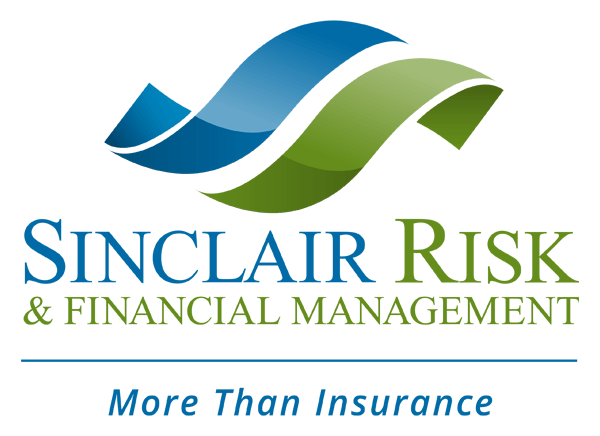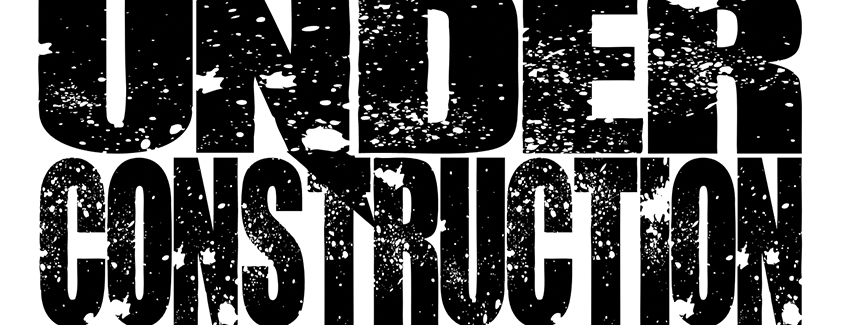The construction industry is flourishing, with outlooks like the Wells Fargo 2016 Construction Industry Forecast’s Optimism Quotient predicting that local construction, profits, equipment purchases and rentals and overall future growth will be strong this year. Add to this that warmer weather means the busy construction season is here and it’s a great time to be in the industry, whether you’re an independent contractor or you own a large building construction firm.
However, as you take on more work, you also need to make sure that your risk exposure and insurance coverage is keeping up. For example, you may hire more workers or rent more equipment to keep pace with your workload, which opens you up to more potential issues, like safety and liability. What if a new worker is injured using construction equipment, the materials you purchased for a huge job are stolen or a homeowner sues you because they feel there was design error in a job you performed for them?
Make sure you are protected against potential pitfalls with these three tips:
1) Appropriately Assign Risk – Quite simply, think through anything that could go wrong in a project, plan for it and assign the risk to the person who would be most capable of handling and controlling it. For example, a contractor can best control the safety of the workers on a job site while the homeowner would probably be the best choice for any project design risks since they’re most likely working with the architect and designers. By spelling out risk responsibility in the contract before the project even begins, everyone is clear in advance about who is responsible for what risk.
2) Make Sure You’re Covered – Once you know what your role and area of responsibility is, work with a trusted risk and financial management firm that has expertise in the construction industry and will take the time to sit down, understand your unique challenges and customize a program for you. From Errors and Omissions coverage to Workers’ Compensation to OSHA concerns, ensure you’re aware of and protected from any of the risks associated with your projects.
3) C.Y.A. – Cover your assets by making sure you closely examine all contracts for consistency and that you also have an experienced and knowledgeable attorney review all contracts. Also – don’t rely on a cursory review of a certificate of insurance to prove that the parties you’re working with on a project are compliant with insurance requirements. Beyond requiring a certificate of insurance proving proper insurance coverage in the contract, consider requiring that the full policies be included to provide evidence of adequate coverage.
With the right planning, risk management and insurance coverage, you can enjoy the benefits of the construction boom without the headaches. At Sinclair Risk & Financial Management, we take the time to understand your company and individual situation and work with you to help you minimize your risks. Give us a call today!


